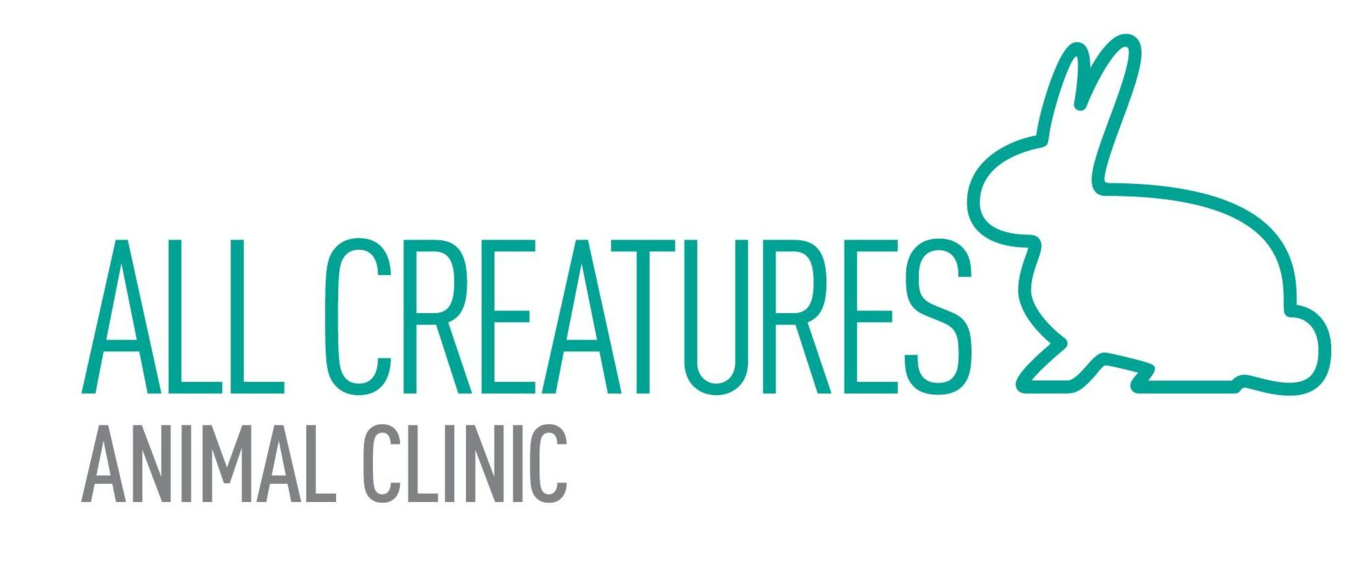Reptiles are among the most beautiful and fascinating creatures on the planet. There are over 10,000 species of reptiles, from the minuscule dwarf chameleon to the massive Nile crocodile. Among these 10,000, however, only a handful are truly suitable for life as a pet. If you are considering getting a reptile for the first time, it is vital to research the animal’s needs thoroughly prior to purchasing one of these demanding pets.
Considerations
Size: Consider both the adult size of your chosen pet and the required habitat space. For instance, green iguanas average 5-6 feet from snout to tail, and require an enclosure that is at least 9’x9’ (or their own room!). Sulcata tortoises can top 100lbs and require both indoor and outdoor enclosures. Many snake species can reach over 10 feet in length and are powerful enough to kill other animals in the home or their human owners.
Lifespan: Compared to other species, reptiles are very long-lived if cared for properly. It may seem like a longer lifespan would be a good thing, however some turtle and tortoise species can live upwards of 50 years. It is important to consider if you will be able to care for a pet for several decades.
Feeding requirements: Most reptile species require insects, worms, or other whole prey diets (i.e. mice and rats) as part of their diet. Consider if you are comfortable housing not only your pet, but also its food! Crickets and worms are generally fed live, however mice and rats can be bought pre-killed and frozen. There are a few vegetarian species, however these tend to be among the most difficult to care for. Most reptiles also require both vitamin and calcium supplements to fully meet their nutritional needs.
Temperature and lighting requirements: Reptiles are often from desert or tropical regions. They like it hot. This means rigging up a series of lights and heaters to ensure that your reptile stays warm and happy. Many species require a UVB light as well that must be changed every 6 months.
Cost: The cost of purchasing a reptile is just the beginning. Most of the cost comes with the care. Many species require large aquariums, light fixtures, and under tank heating. Some, such as chameleons, require misters to maintain adequate humidity. Aquatic turtle species require a filtration system. Make sure you budget for these items accordingly before making your purchase.
Suggested reptiles for new owners:
LEOPARD GECKO: The leopard gecko’s small size (8-9 inches) and moderate lifespan (6-10 years) make this species an ideal starter. They are comfortable in a 20 gallon aquarium. They thrive on a cricket-based diet.
BEARDED DRAGON: This species is slightly larger than the leopard gecko (15-20 inches) with a similar lifespan (7-10 years). Bearded dragons require a large aquarium (50-100 gallons) and require UVB light. They eat both vegetables and insects and require calcium and vitamin supplements.
CORN SNAKE: These small snakes grow to roughly 5 feet in length and live an average of 10 years in captivity (up to 20 years). A 20-40 gallon aquarium with a secure top is sufficient for housing. Mice are the staple of a corn snake’s diet. They require supplemental heat, but no special lighting.
Other acceptable starters include: Collared lizards, blue-tongued skinks, ball pythons, and king snakes. When purchasing a reptile, always ensure that the reptiles has been CAPTIVE BRED and not wild caught.
The following pets are NOT recommended for the novice reptile keeper:
Chameleons: All chameleon species have difficult temperature and humidity requirements. They frequently die within the first year of ownership due to inadequate care.
Green iguanas: Large and long-lived, these are the most commonly surrendered lizards to reptile rescues.
Large snakes: Boa constrictors and Burmese pythons are generally well-tempered, however their size and potential for owner injury makes them a poor choice for novices.
Turtles and tortoises: All species are long-lived (30 years or longer) and require fastidious care. Many die young due to improper care. While many turtles and tortoises adapt well to life as a pet, they are a poor choice for beginners or children.
Be sure to check out our website allcreaturesvet.net for detailed care sheets on several of our most popular pet species.



